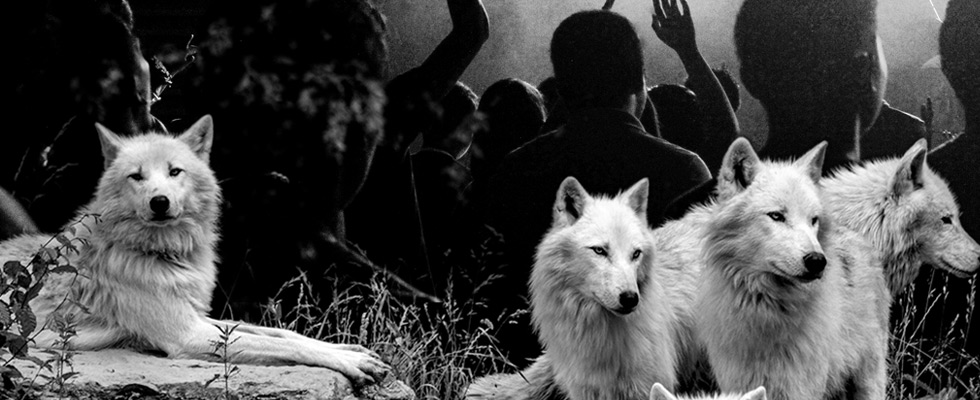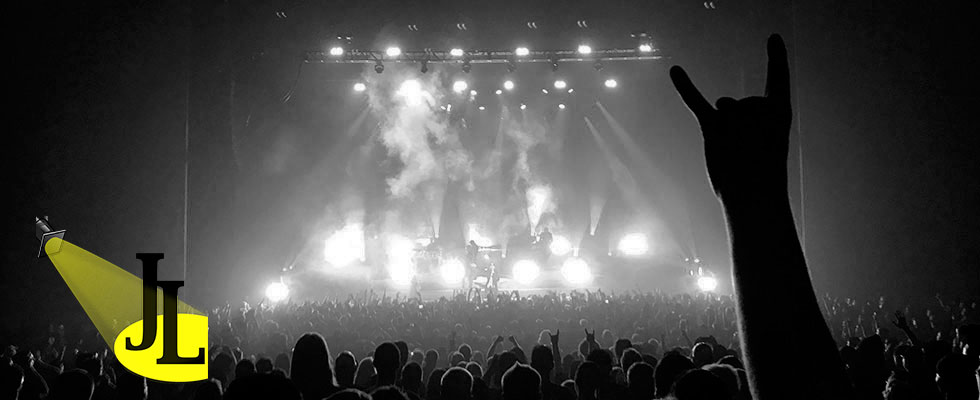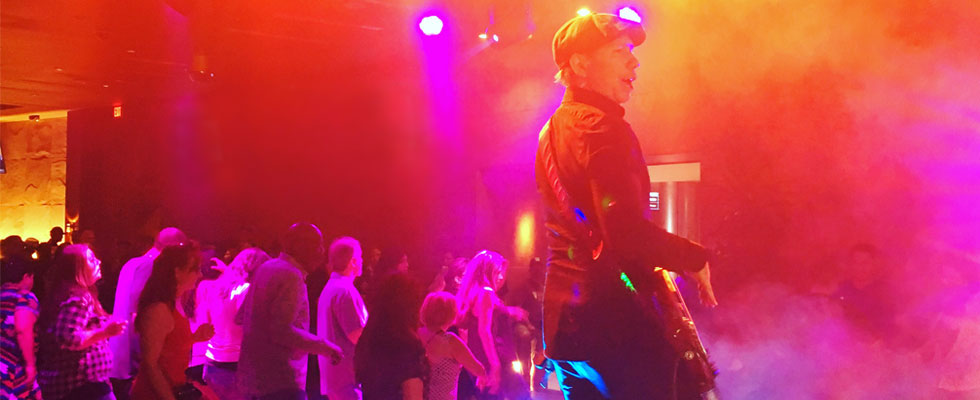In my last blog I explored how rock/metal group Metallica crafted excellent hooks into their songs. Each member of the band has seemed to contribute to catchy phrases on their respective instruments that, over time, have evolved into brands that have helped elevate Metallica’s success.
The term brand came to us from cattle ranchers who would burn their mark into their livestock to help differentiate their products from hordes of others. Over the years branding has become big business, helping merchants distinguish their products from those of their competitors. Today, proper brand execution can give the firm value beyond its wildest dreams. According to Forbe’s 2013 Apple’s brand is worth $104.3 billion; Microsoft’s $56.7 billion; and Coke’s $54.9 billion.
Branding isn’t just the name, the logo, the colors the firm chooses, or even the slogan. It is a combination of all of these elements along with the development of a feeling the consumer gets, or is intended to get, from the product or service. Coke makes you feel refreshed, Hershey brings us sweet joy, and Apple offers unique yet simple products that are easy to use. If executed properly over time these brand feelings become imbedded in the consumers psyche, so when they are sad they look for Hershey chocolate, when they are parched they grab a Coke, and when they want to “Think Different” the fire up an Apple product.
In today’s market musicians and entertainers MUST think the same way.
They must turn their passion into a brand.
There is far too much noise in the market right now. Anyone can record an album, anyone can follow you on Twitter, anyone can start a Kickstarter campaign, and by anyone, I mean anyone around the world. That is a lot of people all vying for listeners to give their songs a chance, to stream their tunes, to come out to a show.
Call me old fashioned, but I still feel the longest lasting, and thus more profitable musicians, are those who can craft better songs, tunes with great lyrics, a story to tell, and of course excellent “hooks”. Think about it for a bit. Metallica has remained relevant and profitable for the past 25 plus years, Jay-Z has launched an empire off of his ability to combine his tales with the perfect musical compliments, and the Beatles continue to influence generations over fifty years later.
Below is a small sample of some of the things you should think about when crafting your next tune if you want them to emerge as their own living breathing entities like Metallica has done. I remind you this is not a complete list, just a few random thoughts and suggestions.
1. The best hooks are simple:
As musicians, we tend to over think how music should be. We feel that complexity makes things better. Most of the time it does not. The people who buy your music need to be able to hum along and that is easier when you keep it simple from the get go.
2. It takes more than one:
Part of the Beatles’ success came in the melody and counter melody parts written by John and Paul. The same can be found in the music of Led Zeppelin. The best songs meld rhythmic structures and melodies perfectly. I once read one rock critic describe it as creating a balanced sense of tension for the listener. Too far in either direction and it would sound awful, but when placed in the perfect pocket it becomes magic.
3. Producers are worth their weight in gold:
No I don’t mean your buddy who has ideas about your next song, I mean real producers such as Rick Rubin, Jerry Wexler, Glen Ballard, Jimmy Iovine, and Pharrell. A lot of artists think they can produce their own songs, but they get stuck, especially in problems arriving from point one above. The best producers know how to take away extras from the song, which allows the hook to shine through. They know how to connect your ideas with the music listener, who is usually enjoying music in a different way than you are.
4. Don’t throw in a hook just because it sounds cool:
I will return you to my analysis of Metallica and the haunting opening to Welcome Home/Sanitarium. This isn’t a complex hook, but it fits in with the overall theme and dark feel of the song. The hook needs to be thought of as an overall component to the brand you are trying to develop for that song. The Beatles’ producer George Martin was a master of this. Songs such as Yesterday are stripped down, forcing the consumer to become directly attached to the haunting lyrics, while Sgt. Pepper’s Lonely Hearts Club Band brings in a lot of noise and ruckus to make you feel as though you are surrounded by a, you guessed it, marching band.
5. Hooks can be anywhere:
A great hook doesn’t need to be played on the guitar or piano. It can come from the bass. Dave Matthews Band bassist Stefan Lessard proved that in the tune Crush. It can come from the drums. Steve Gadd proved that with his catchy rhythm on Paul Simon’s 50 Ways to Leave Your Lover. It can even come from secondary lyrics. Who doesn’t say the phrase “turn it up” when listening to Sweet Home Alabama by Lynyrd Skynyrd? The point is that catchy hooks can come from any member of the group, so keep that and point number two above in mind.
The thing to remember is that your musical brand revolves around the tunes you create. When you take the time to craft songs that utilize all of their aspects (lyrics, tempo, genre, instrumentation, and production) to help articulate your intended feeling onto the music listener you stand a better chance of connecting with those listeners on a psychological level that will keep them returning to your brand over and over again.











 In the marketing world we talk a lot about the marketing mix. These are all the items and processes used to “sell” a product or service. They include the design of the product itself; the package it comes in, including the fonts, colors, images, and logos; how and where the product is advertised; and where the product is sold (online, big box retail, specialty shops, or its own branded storefronts).
In the marketing world we talk a lot about the marketing mix. These are all the items and processes used to “sell” a product or service. They include the design of the product itself; the package it comes in, including the fonts, colors, images, and logos; how and where the product is advertised; and where the product is sold (online, big box retail, specialty shops, or its own branded storefronts).